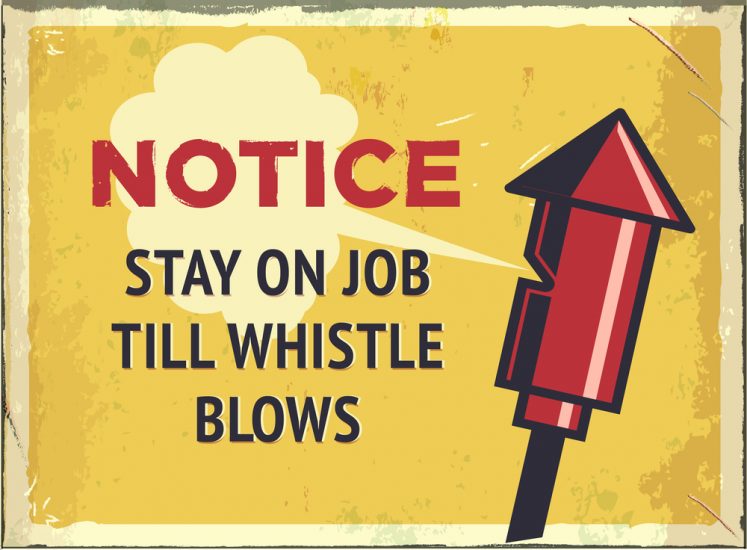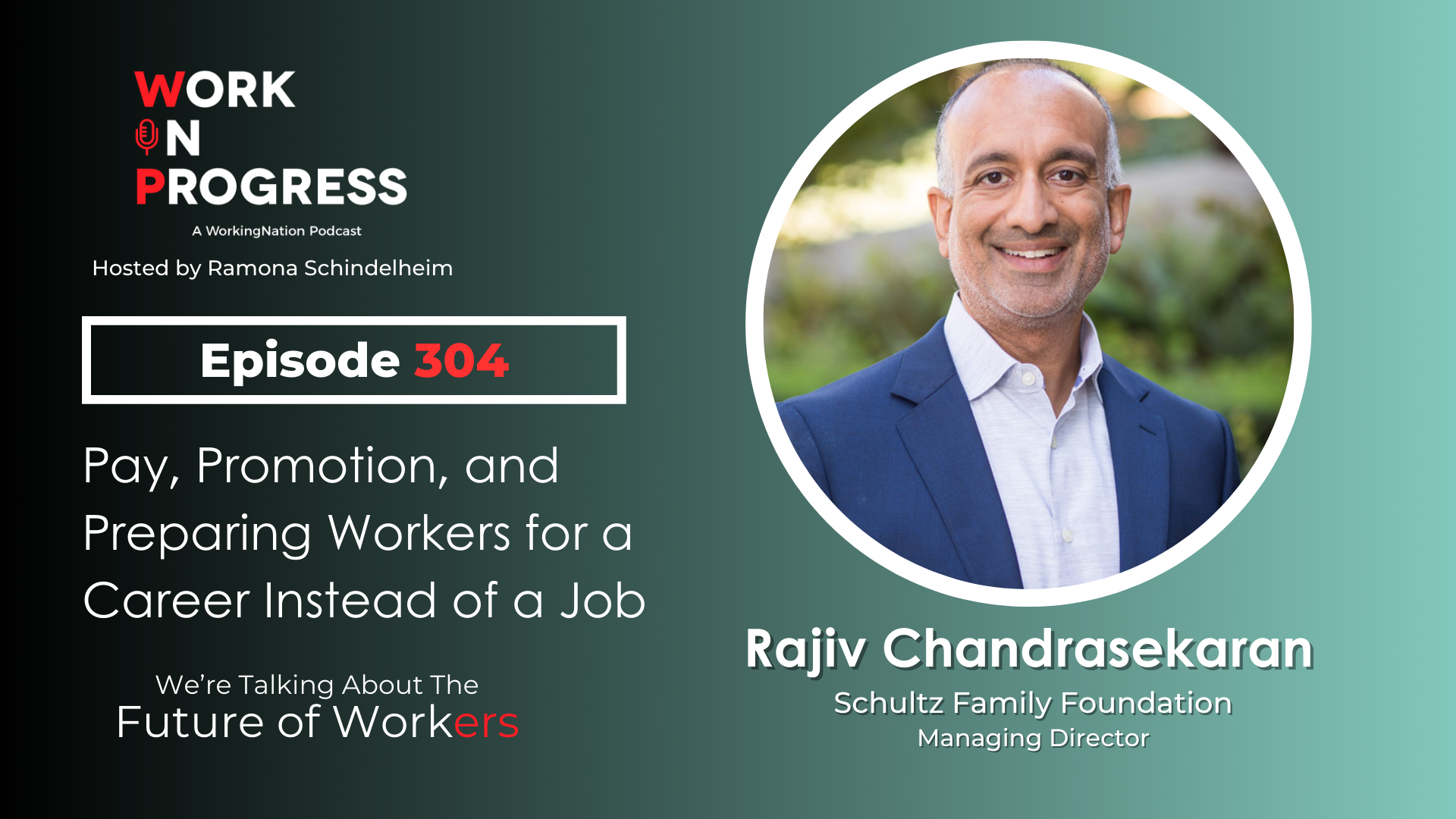Are we living in the best economic times since Woodstock was a thing and Neil Armstrong walked on the moon? The jobs report from the Bureau of Labor Statistics offers a clue to the exuberance of politicians and reporters: The 3.7 percent unemployment rate is the lowest since 1969.
The U.S. economy added 134,000 non-farm jobs in September, lower than economists’ projections but strong enough to suggest that employers are still finding some slack in the labor market. Strong job gains across several industries, including manufacturing which added 18,000 jobs in September, indicate that the decade-long climb out of the Great Recession has some life left in it.
Instead of wondering how long the good times will last, focus is needed on the workers who are left behind, either scraping by in underemployment or are out of work long-term because they lack the skills to re-enter the workforce.
We learned from our workshop instructors Brandon Busteed, formerly of Gallup, and Karin Norington-Reaves from Chicago Cook Workforce Partnership last week that there are more stories behind the unemployment rate. Busteed urged journalists to measure the labor market not by the number of jobs, but by their quality. Norington-Reaves said that breaking down the unemployment rate by race and age reveals entire populations that are essentially cut off from the economic recovery.
They are two of many alternative perspectives on the data. A look at the so-called “real unemployment rate” shows that the positive news can come with important caveats.
The 3.7 unemployment rate is a positive sign that employers are finding workers to fill the more than 6 million available jobs. But the BLS only counts the number of unemployed people who actively are looking for work in its official number. The “real unemployment rate,” the U6 measurement, factors in discouraged, part-time and marginally-attached individuals. That rate is 7.5 percent, or 12.2 million Americans, an increase of 0.1 percent from August.
RELATED: The U.S. has 6.7 million job openings. Why aren’t they being filled?
It is more than double the BLS’ estimate of 6 million unemployed workers. In Leo Hindery’s monthly summary of the real unemployment rate, adding the long-term unemployed (those who have not looked for work in the past 12 months) increases the rate to 9.5 percent. That’s a sizeable chunk of the U.S. population who are not seeing the full benefits of the economic recovery.
Take into consideration the long-term unemployed, hourly wage growth and prime-age male employment and a clearer picture of the health of the labor market emerge when compared to the last time the economy was “the best in a generation” in 1969.
Grant Thornton Chief Economist Diane Swonk said on CNBC Friday that the rise in the long-term unemployment rate in September is evidence of a “long-time wound” of the financial crisis. Both on CNBC and her Twitter account, Swonk said she had “worry” about the effects long-term unemployment have on people’s “skills, mental and physical health.” She added that the hourly wage growth, which edged down to 2.8 percent, are a “shadow of what they once were.” Those who are working are finding only modest gains in their wages when compared to the inflation rate of 2.9 percent.
Brookings’ David Wessel said on Twitter that a key measurement, prime-age male (age 25-54) employment has returned to pre-recession levels at 85.9 percent. Yet it is nearly 10 points weaker today than when 95 percent of American prime-age men were employed in the late 1960s.
One job-market measure to watch closely: Employment-pop ratio for men 25-54. At 85.9%, it’s risen to 2003 level, but the 50-year trend is down. Chart: pic.twitter.com/S8wZN1Ga2X
— David Wessel (@davidmwessel) October 5, 2018
Another underreported story is how much the retirement of baby boomers is affecting the overall unemployment rate. The labor participation rate held steady at 62.7 percent in September showing that employment gains are offsetting losses, but not enough to increase labor participation. Taken with the prime-age male employment and long-term unemployment data, we see who is being pulled back into the employment, older workers and women. Since these workers do not command a wage premium like their younger and male counterparts, that can explain why wages have barely budged despite eight straight years of job growth.
When historians look back at the economic rebound from the Great Recession, they’ll have to go beyond the headlines and the bluster to see how the recovery was distributed unevenly. As more Americans are finding work, their earnings and job quality are not matching what was lost from the heady days of the U.S.’s 20th-century dominance. That’s why we at WorkingNation devote our coverage to solutions that can bring more people off of the sidelines and into the new economy.
Join the Conversation: Share your thoughts about the latest jobs report on our Facebook page.











